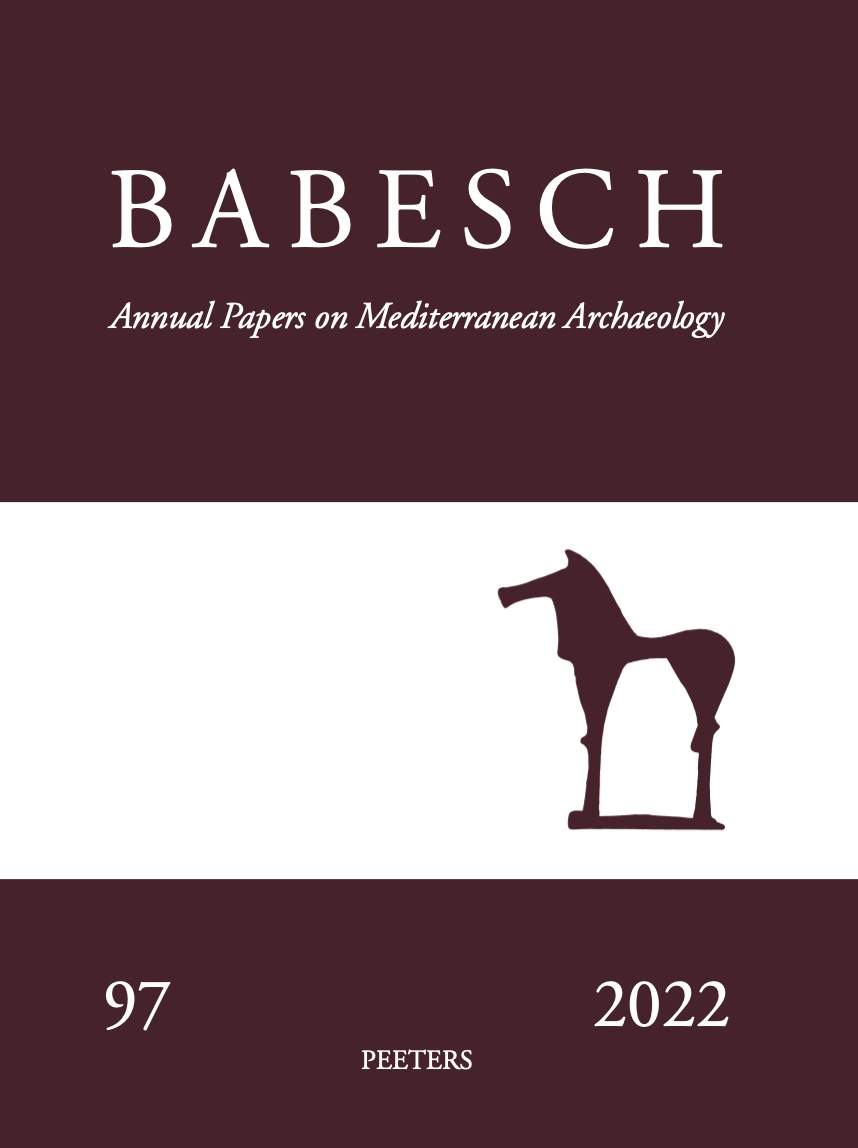 previous article in this issue previous article in this issue | next article in this issue  |

|
Document Details : Title: Etruscan origins Subtitle: Language and Archaeology Author(s): VAN DER MEER, L.B. Journal: BABESCH Volume: 79 Date: 2004 Pages: 51-58 DOI: 10.2143/BAB.79.0.504735 Abstract : The recently regenerated, vexed question of Etruscan origins should be related to the fact that the Etruscan, Raetic and Lemnian languages have strong resemblances. According to M. Pallottino the languages originally belonged to a Mediterranean, non-Indo-European language dating back to the time of the Eneolithic Rinaldoneculture, which is partially of East-European origin. ‘Orientalists’ suppose that Tyrsenians (Etruscans) emigrated from (North) Western Asia Minor, or the North Aegean area, to Italy around the turn of the 12th century BC. C. de Simone (1996) reasons that Etruscans from southern Etruria settled on Lemnos before or around 700 BC. However, the differences between Etruscan, Raetic and Lemnian show that these languages evolved during some time on their own spot. The question is: did they have a common ancestor, and if so, where and when? What are the implications for the question of the origins? Can archaeologists solve the problem? Which sources are most reliable: linguistic, archaeological or philological-historical evidence? The linguistic evidence is strongly in favour of the orientalist theory. |
|
